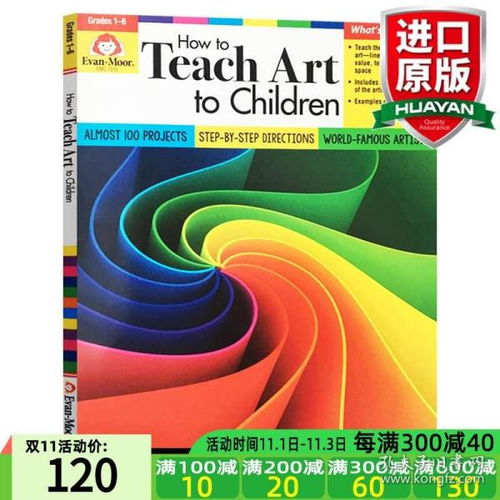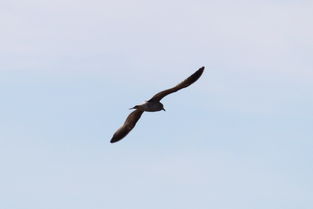
Content:
Introduction: Fishing is not just a hobby; it's a timeless activity that fosters patience, respect for nature, and a sense of accomplishment. Teaching children the art of fishing can be a rewarding experience for both the child and the parent. In this article, we will explore how to introduce children to fishing, provide essential tips, and discuss techniques that can make the learning process enjoyable and safe.
Safety First: Before embarking on a fishing adventure with children, it's crucial to prioritize safety. Here are some safety tips to keep in mind:
- Always supervise children closely when they are near water.
- Teach children about the importance of wearing life jackets and how to use them properly.
- Explain the rules of the water, such as staying away from the boat's propellers and never swimming alone.
- Make sure children know how to identify and avoid dangerous wildlife, such as alligators or snakes.
Choosing the Right Gear: Selecting the appropriate fishing gear is essential for a successful and enjoyable experience. Here are some recommendations:
- Use a lightweight, child-sized rod and reel to make it easier for children to handle.
- Opt for a spinning rod and reel for beginners, as they are more user-friendly than baitcasting reels.
- Choose a durable line that is strong enough to handle the fish but not too heavy for the child to manage.
- Invest in a child-friendly tackle box with compartments to organize hooks, lures, and other fishing accessories.
Introducing the Basics: Before heading out to the water, teach children the basics of fishing:
- Explain the importance of patience and how to wait for a fish to bite.
- Demonstrate how to tie a basic fishing knot, such as the improved clinch knot.
- Show them how to cast the line, starting with short distances and gradually increasing the distance as they become more comfortable.
- Teach them how to identify different types of fish and the proper way to handle them.
Choosing the Right Location: Selecting the right fishing spot is crucial for a successful outing. Here are some tips:
- Choose a calm and shallow area with minimal current, such as a pond or a quiet section of a river.
- Look for areas with natural structures, such as rocks, logs, or weed beds, which can attract fish.
- Consider visiting a local fishing pier or a public fishing spot that is designed for children and beginners.
Using Live Bait and Lures: Teach children about the different types of bait and lures they can use:
- Live bait, such as worms or minnows, can be effective for catching fish. Show them how to hook the bait properly and how to present it to the fish.
- Artificial lures, such as spinners or crankbaits, can be fun to use and can attract a variety of fish. Demonstrate how to cast and retrieve these lures effectively.
- Encourage children to experiment with different baits and lures to see what works best in their chosen location.
Catch and Release: Teach children the importance of catch and release fishing, especially when dealing with non-game fish or those that are not meant for consumption:
- Explain the concept of catch and release and why it is important for the health of the fish population.
- Show them how to handle fish gently and how to release them back into the water quickly and safely.
- Encourage children to observe the fish as they swim away, which can be a powerful lesson in conservation.
Enjoyment and Learning: Remember that the primary goal of teaching children to fish is to have fun and learn. Here are some tips to ensure a positive experience:
- Keep the session short and focused, especially for younger children.
- Bring along snacks and drinks to keep everyone energized.
- Take breaks to teach new skills or to simply enjoy the beauty of nature.
- Encourage children to ask questions and to express their thoughts and feelings about the experience.
Conclusion: Teaching children the art of fishing can be a memorable and enriching experience. By following these tips and techniques, parents and guardians can help children develop a lifelong appreciation for the outdoors and the sport of fishing. Remember to prioritize safety, choose the right gear, and focus on the joy of learning and being together in nature. Happy fishing!












